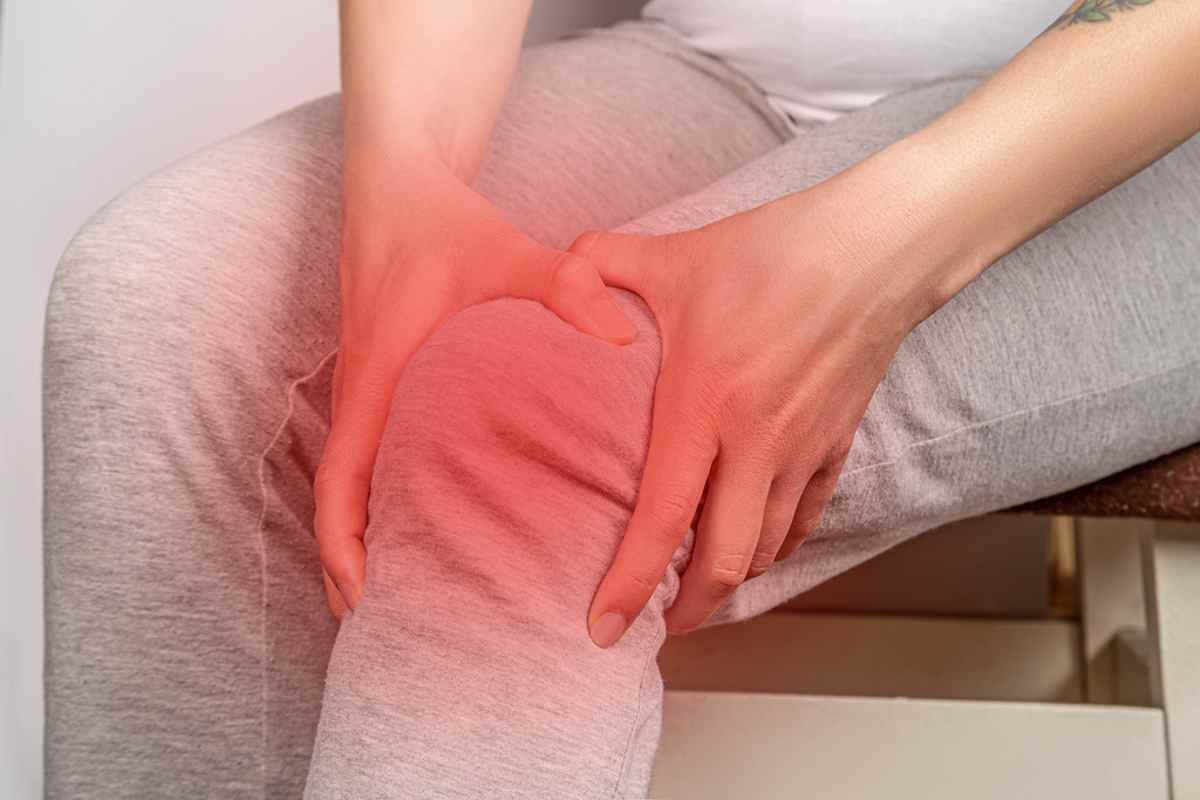Knee Joint Care: How to Strengthen a Damaged Knee Joints

Knee Joint Care: Our Knee Joints are a highly complex network of small bones and even smaller tendons and ligaments. It’s through this complicated and delicate area that we generate most of our forward momentum and on which we place most of our body weight, and as such it’s no surprise that they often have problems and complications – particularly for athletes who will perhaps put their knees through their paces even more than the average Joe.
This can then be quite a problem as our damaged knees make it more difficult for us to run and to walk, and can even make sitting down painful. In such a situation it’s of course important to look at ways that we can improve the condition of our knee joints, and fortunately, there are several ways to do this. Here we will look at some rehabilitation exercises to help improve your knee joints, as well as some ways to strengthen them to prevent further problems.
Rehabilitation Exercises
If you have damaged your knees then you should make sure to see a physiotherapist who can help explain the precise nature of the problem as well as how best to fix it. It is not advisable to take up any course of exercise without first consulting with them.
Usually what your physiotherapist will then do is recommend a course of exercises and stretches to help ease the discomfort and get your knee back to full working health. This will depend on the nature of the damage, for instance, if you have damaged your vastus medialis obliquus (VMO – one of the muscle bellies in the quadriceps) then they will recommend some exercises designed to strengthen these which will include exercises like light leg extensions and squats.
They might also recommend in the build-up to this some exercises such as the static inner quadriceps contraction which requires you to place a rolled-up towel under your knee while lying down flat on a bed or on the floor and then to try pushing down with the inside of your knee as hard as you can for reps of five seconds. Repeat several times.
On the other hand, discomfort might be caused by a meniscus tear – or ‘torn cartilage’ as it is generally known. This requires quite ‘opposite’ exercises in order to repair, for instance, passive knee extensions where you will lie down flat again but this time place the towel under the heel and let gravity gradually straighten your knee for you.
Also Read: Dealing with Chronic Ankle & Foot Pain
General Strengthening
If you have mostly recovered from your knee pain, or if you want to look at ways to prevent future injury, then general strengthening of the knee joint is recommended. You can do this with exercises designed to strengthen the supporting muscles around the knee cap which can help to keep it in line, as well as with stretches that are designed in order to help make the ligaments and other connective tissue in the area more flexible and limber and thereby prevent tears and rips from occurring when you move your leg suddenly.
Use unsupported compound weight training to develop the muscles around the knee and make sure to train in a balanced way so that you aren’t pulling unevenly on the joint, and at the same time consider joining a class where you will be taught some basic light stretches such as Pilates or yoga.
Also Read: Spinal Cord Injury: Three Ways To Avoid It